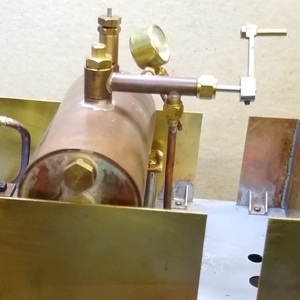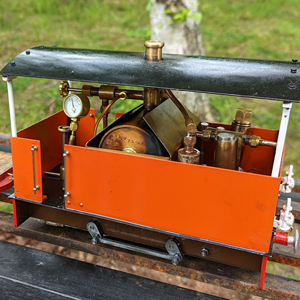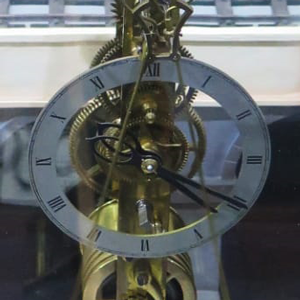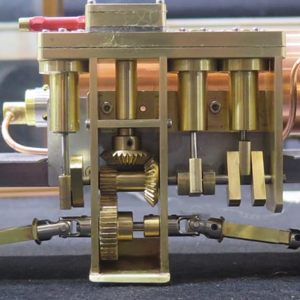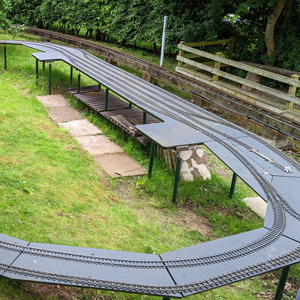What is a garden railway?
Garden rail mainly comes in 3 scales: G scale, 16mm & Gauge One.
We currently have two tracks, 32mm and 45mm, which support all 3 scales. It's possible to buy or build loco's and rolling stock in all 3 gauges and there are lots of manufacturers providing models, kits and accessories to support this. Locos are usually powered by battery, coal, gas or methylated spirits.
G scale
Also known as Large Scale runs on 45mm track. Although the gauge of the track is always 45mm the scale of the models can differ. Usually G scale comes in narrow gauge, metre gauge, Playmobile gauge & standard guage.
16mm
This is a popular scale for modelling narrow gauge railways. The gauge of the track is 32mm
Gauge One
Like Garden rail, Gauge One uses a 45mm gauge track. Models come in two common scales: 1/32nd scale and 10mm.
Building from scratch
There are numerous plans available for all gauges and types of loco.
With a small lathe, milling machine, bench drill and basic tooling it's possible to build your own locos and rolling stock.
Materials and castings are available from several companies. To make things slightly easier, some models are available with laser cut parts that makes completing projects quicker.
The loco shown in the photo is called 'Ellie', a 16mm tram engine originally published in the Australian Model Engineering Magazine. It's an ideal beginners loco with a vertical engine driving the leading axle and a boiler placed behind the engine . The plans and building instructions are available in a book published by Andrew Allison.
There are many other loco designs available of varying complexity. If you've always wanted to build your own loco, there's plenty of advice available from members should you need it.
Buying a kit
There are many companies providing kits, ready to put together.
If you'd like to build your own loco but don't feel comfortable with machining your own components or want the expense of buying machinery, then buying a kit is the perfect solution.
Several companies provide complete kits that require a very basic skill level and tools to complete.
A wide range of kits are available from fully working steam locos to battery operated locos. They're available at every price point making this area of modelling accessible to everyone.
The loco in the photo is a freelance design called 'LB1' supplied by Houston Gate Locomotive Works. It is very easy to constrct and can either be radio controlled or for simplicty just battery operated with an on/off switch.
3D Printing
3D printing has become very popular in recent years and this has had quite an impact on model enthusiast.
Many people provide downloadable locos and rolling stock files that you can print yourself at home. The photo shows a Ruston Hornby class 16/12hp loco and tipper wagon in G scale. Both were designed by one of our members and they are available for download if you want to print your own.
If you want to design your own models to be printed there's plenty of free software available to help you do this. You start with CAD software to design your models, then use Slicer software to create the G-Code to control your 3D printer. There's always advice available from members with experieince of 3D printing models to help you get started. If you don't have a 3D printer there are companies that will print your models for you.
Most locos are fitted with batteries and radio control so you can operate them remotely on the railway.
Buying ready to run
If you'd rather buy a ready made loco there are lots of companies supplying all types of loco and rolling stock in all gauges.
Many locos come pre-fitted with radio control and for those that don't it can usually be fitted. There are a few things to consider before buying a loco and various options available.
All steam locos require a boiler test certificate for safety. One of the benefits of joing the club is access to boiler testing facilities. When buying a loco a valid certificate should be included.
Second hand locos are available from popular auction sites, these vary from scratch built to previously purchased locomotoves. There's plenty of help available from members of the club who can advise you on what to buy and once purchased show you how to steam or run it.
